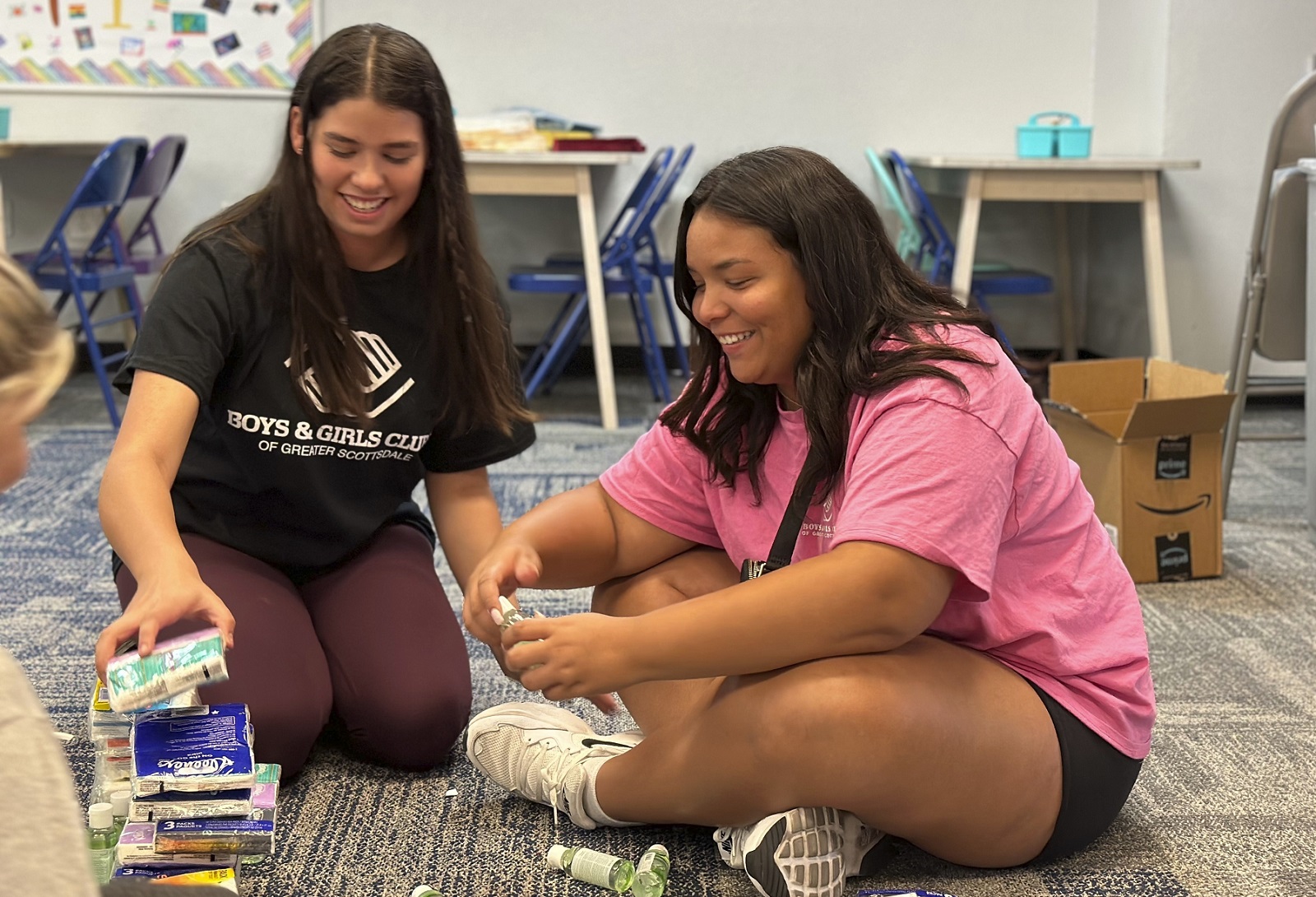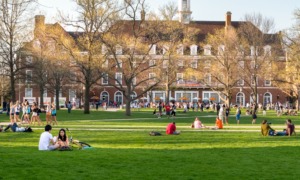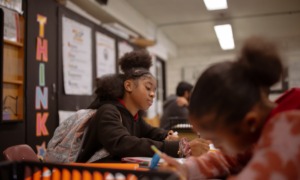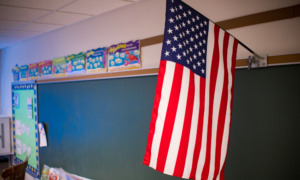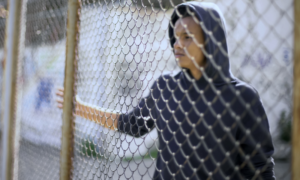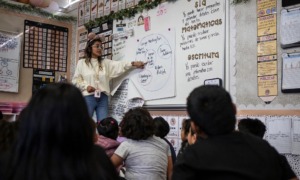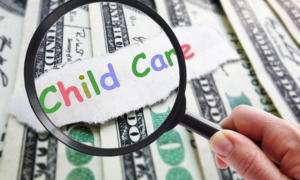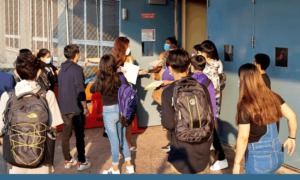Summer programs are expanding nationally this year, fueled by the single largest windfall of federal funding for afterschool and summer programs, the $190 billion COVID-19 aid package Elementary and Secondary School Emergency Relief (ESSER) funds.
But even as summer learning programs move into their second year of a post-pandemic rebound, many program leaders are concerned about how their work can continue once federal funding runs out.
“There is a lot of positive momentum,” National Summer Learning Association CEO Aaron Dworkin said about this summer’s offerings for activities and learning classes for kids and families nationwide, citing the 1,500 educators who attended a two-day virtual summer planning boot camp in March and its newly launched website with a searchable directory with 50,000 summer programs.
Out of the $190 billion pot of federal ESSER money, $19 billion was set aside for flexible state spending, with $3 billion for afterschool and summer programs to help students with learning loss and mental health challenges caused by the pandemic. The ESSER funding, which was approved in 2020, is set to expire after summer 2024.
While some summer programs are thriving and expanding, other providers still have far fewer kids than before the pandemic and others struggle to access the federal relief money, which has mostly been given to state education departments and school districts, not directly to community-based organizations.
Matthew Hathaway said his Pennsylvania summer learning nonprofit Teachers in the Parks operates at five school districts compared to 11 before the pandemic.
The pandemic “really rocked us,” said Hathaway, who founded Teachers in the Parks in 2004 as a way to offer teacher-led summer reading and math to kids in the park or at recreation centers.
Hathaway, who is also the school principal at Jacksonwald Elementary School in Reading, Pennsylvania, said the ESSER funds have done the much-need work of shining a spotlight on the importance of summer learning in preventing kids from forgetting what they learned during the school year for school districts, but critiqued the federal funding for not being more accessible to community-based summer learning programs.
Nonprofits like Teachers in the Parks have been invested in summer learning for decades, he said, but weren’t able to tap the faucet of pandemic aid. In some instances, Hathaway said the federal funding created competition between districts that used the funding to create programs in-house and community summer program providers.
“I am very concerned,” Hathaway said. When ESSER funding runs out after the next school year, “districts are going to back right out” of summer programming and community programs will have to pick up the pieces, he said.
Dworkin said as ESSER-funded summer programs begin their second year, he’s seeing a lot of promising results and “multi-sector collaboration.”
“We are seeing more thought-through strategies and great examples, not just district-run programs, but also states making big investments in summer learning,” Dworkin said.
Summer funding highlights include:
• South Carolina is spending $20 million on arts programs to help public schools better teach the arts and integrate arts teachings into other subjects, including during summer and afterschool programs.
• In Arkansas, the Department of Education and the state university are overseeing a $25 million grant for summer and afterschool that has so far supported 200 school districts and community sites for over 19,000 students.
• Connecticut is giving $11.5 million this summer and next to more than 400 organizations offering summer programs, including well-known providers, such as the Girl Scouts, Boys and Girls Clubs, YMCA and local providers like the Ebony Horsewomen Equestrian and Therapeutic Center.
Tuscaloosa City Schools, which includes 21 schools in Alabama, expanded summer programs from 2,000 mostly elementary students in 2021 to more than 3,000 last summer, said Andrew Maxey, director of strategic initiatives.
Schools can’t be serious about closing the achievement gap if they don’t prioritize summer programs to prevent learning loss from happening, he said.
The school district was providing summer learning classes pre-pandemic but the effort picked up since the ESSER funds became available. The school has a $2.5 million budget for summer learning — more than one-third of which is from ESSER funding, Maxey said.
Maxey is keenly aware that the end of federal funding is on the horizon and said Tuscaloosa schools “have 18 or so months to get our ducks in a row for the post-ESSER summer,” after which they hope to have built a solid “backbone” of nonprofits and community organizations o continue summer programs moving forward.
“We’ve essentially salted the oats here in town, and we are going to need other organizations in town to step up and develop and run robust programs,” Maxey said.
***
Brian Rinker is a San Francisco-based journalist who covers public health, child welfare, digital health, startups and venture capital.


